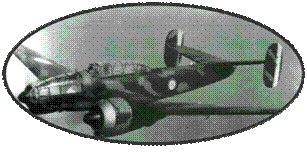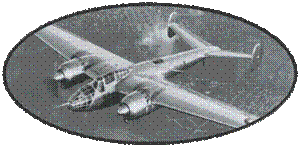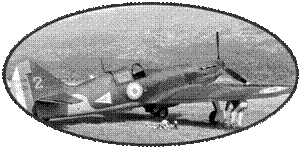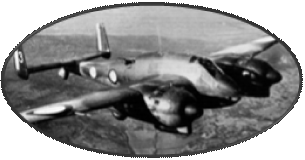The Ministry of Air
issued a program to replace the Potez 631, which had just returned
to service. The SNCASE responded to it via a project that was
original. Its designers, engineers Mercier and Lecarme, propose
a study of three-wheelers with a large front wheel and two retractable
secondary wheels in the rear drifts. The fuselage is entirely
metallic, in steel tubes coated with Duralumin sheets. To improve
handling, the flaps are located at the ends of the wing, integrating
part of the wing salmon. It is powered by two engines Gnome-Rhone
14 Super Mars of 800 HP. This prototype is first known as LeO
50, then becomes SE 100 when it receives Gnome-Rhone 14 N20 /
21 from 1030 CV.
SE 100 n ° 01 made
its first flight on March 29, 1939. The first tests led to some
modifications such as the addition of a retractable drift under
the aircraft. The prototype, transferred to Marignane to continue
its tests, was destroyed by a crash in April 1940.
The construction
of a second prototype is launched at Courneuve. The arming of
the unit has been considerably strengthened. Six HS 404 cannons
are now installed in the front tip. Two others are placed in the
upper turret behind, and finally a last cannon is placed in the
ventral position. In addition, the corridor which allowed the
connection between the front and rear station is condemned for
receive an additional tank.
Again, the German
advance put an end to promising tests prematurely. Serial production
had already been organized to start in the Citroen factories in
June 1940, with an expected delivery of the first aircraft at
the end of the year.
The model was to
be slightly different from the last prototype. He was to receive
a wing close to that of the Leo 451, to be equipped with a front
axle with two wheels twinned, and received a tenth cannon of 20mm
under the belly.
Two variants of the
SE100 have been considered:













